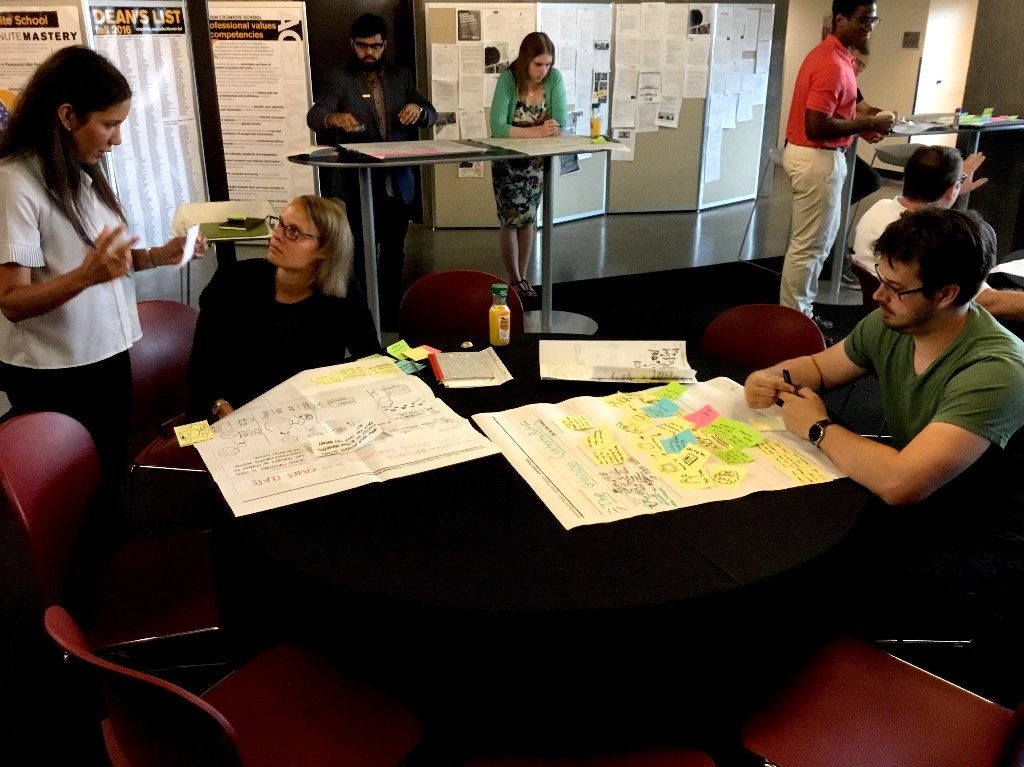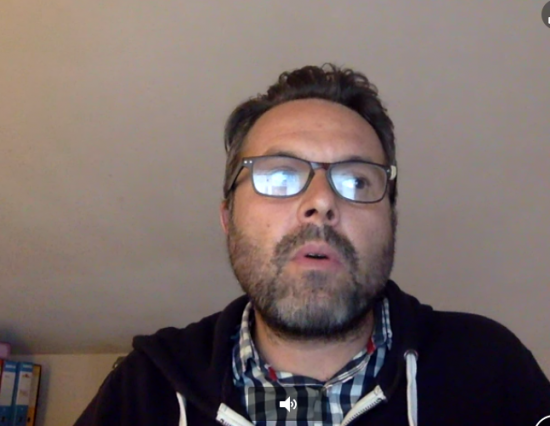We are delighted to report that two of 20 winners recently announced Knight Prototype Fund’s $1 million challenge to combat misinformation will directly draw on the TV News Archive.
One of these is the Bad Idea Factory’s “Glorious ContextuBot.” Let’s say you come across a tweet that is brandishing a TV news clip to bolster a strong statement on a controversial issue – but you have no idea where or when or whether that clip was aired, by whom, and whether or not it’s legitimate.
The ContextuBot will take the Duplitron 5000, an audio fingerprinting tool developed to track political ads for the Political TV Ad Archive, and build upon it to help users find any relevant TV news coverage of that video snippet. If the video was aired, users will be able to see what came before and after the report.
The team, led by the Dan Schultz, senior creative technologist of the TV News Archive, will bring in veteran media innovators Mark Boas and Laurian Gridnoc of Hyperaudio and Trint. Together they will not only build the ContextuBot, but will also work to improve the speed and accuracy of the Duplitron.

From sticky notes to Glorious Contextubot: on right, Dan Schultz, TV News Archive senior creative technologist, plots prototype plans
Second, Joostware‘s “Who Said What” project will use deep learning algorithms to annotate TV news clips to identify speakers and what they are talking about. Developing this capability will help fact checkers sort through and identify claims by public officials, pundits, and others that bear examination.
We are delighted to work with Joostware as part of our ongoing goal to collaborate with researchers, companies, and others who are exploring how to use Artificial Intelligence tools to draw on the Internet Archive’s collections to enhance journalism and research.
The Knight Prototype Fund will award $50,000 apiece to each of the 20 winners, who are now charged with developing their ideas over the next nine months. The John S. and James L. Knight Foundation, the Democracy Fund, and the Rita Allen Foundation all support the effort. Winners attended a human-centered design training workshop last week in Phoenix, Arizona, as part of the support offered by the foundations.
